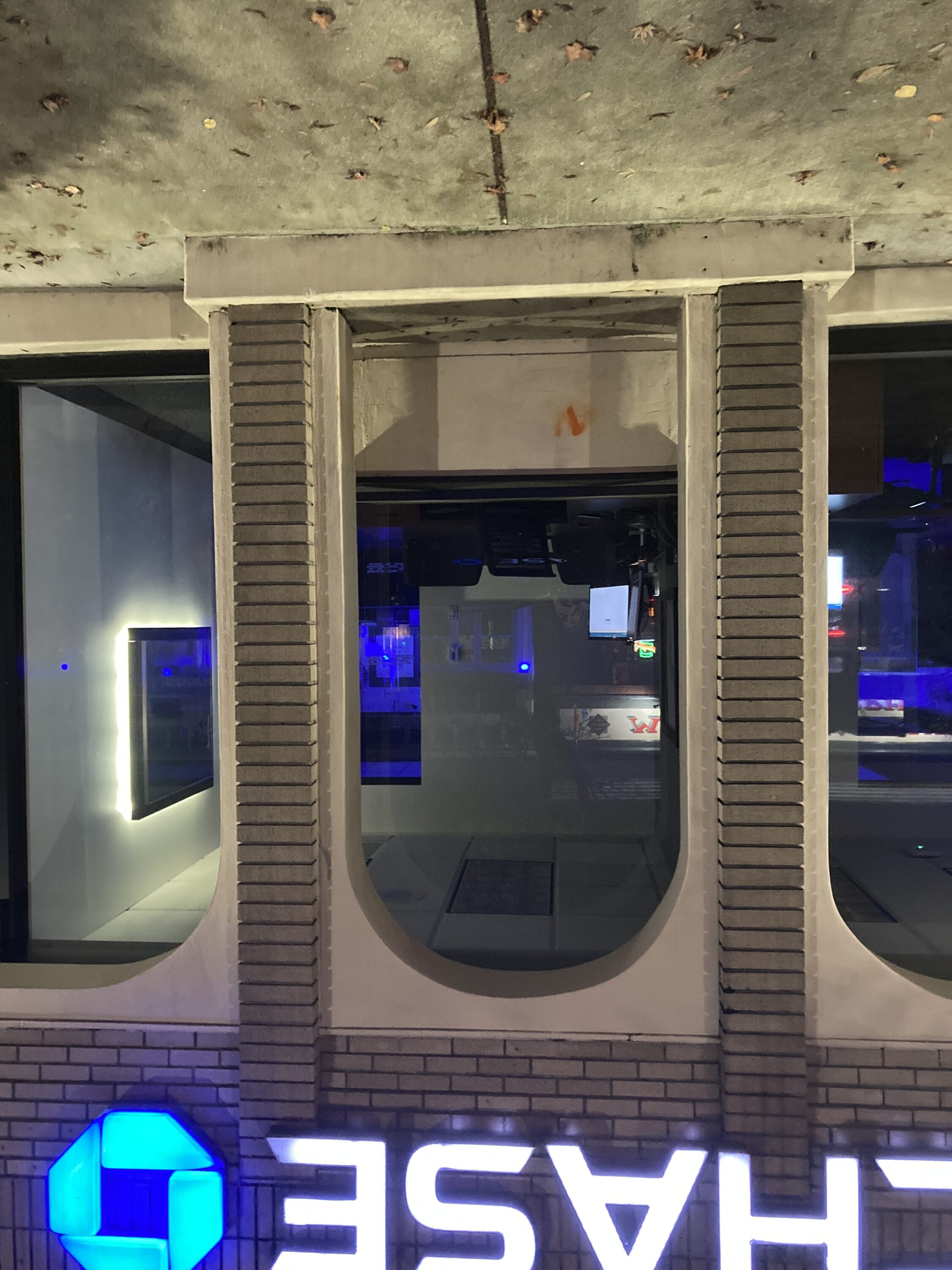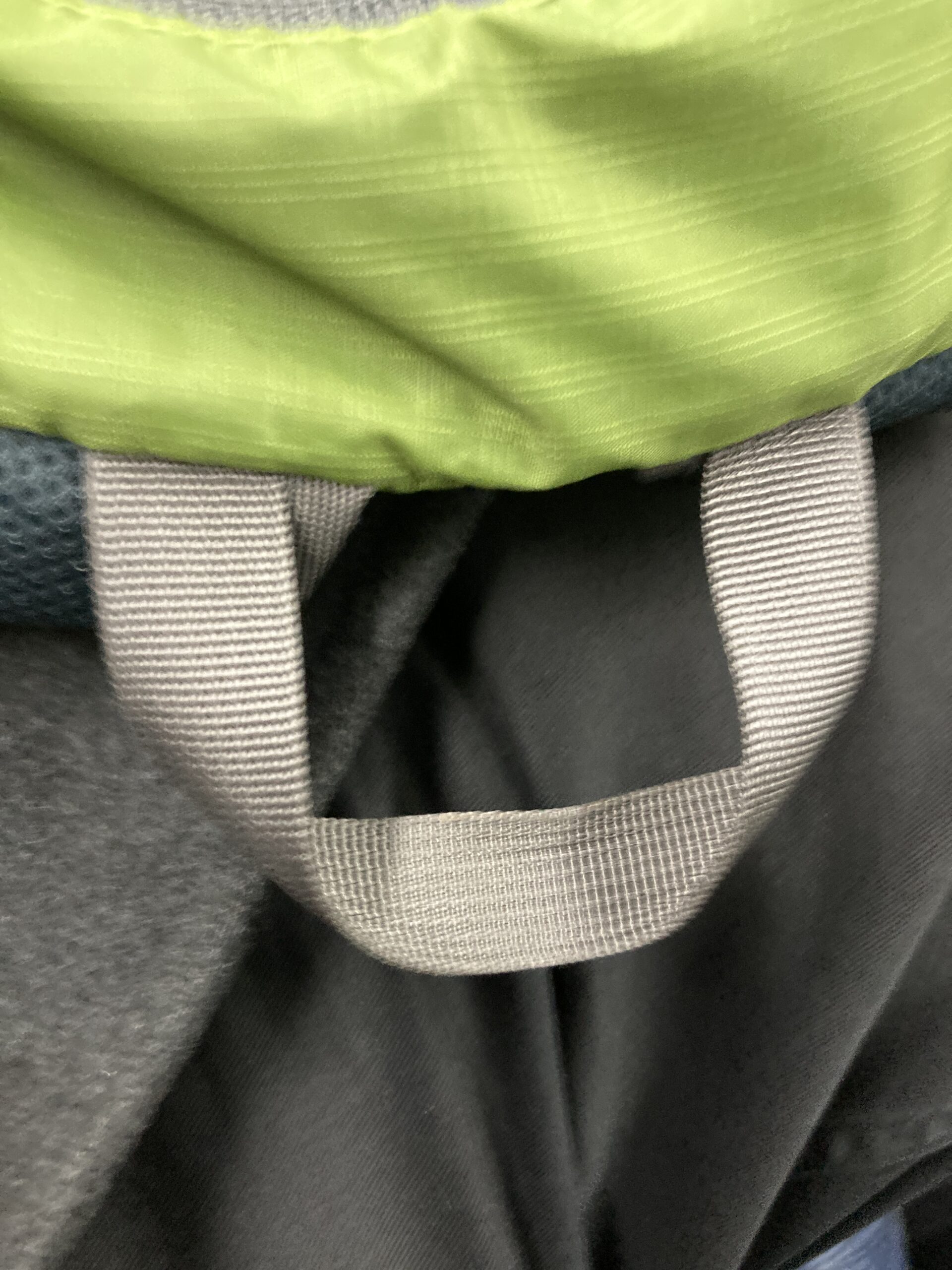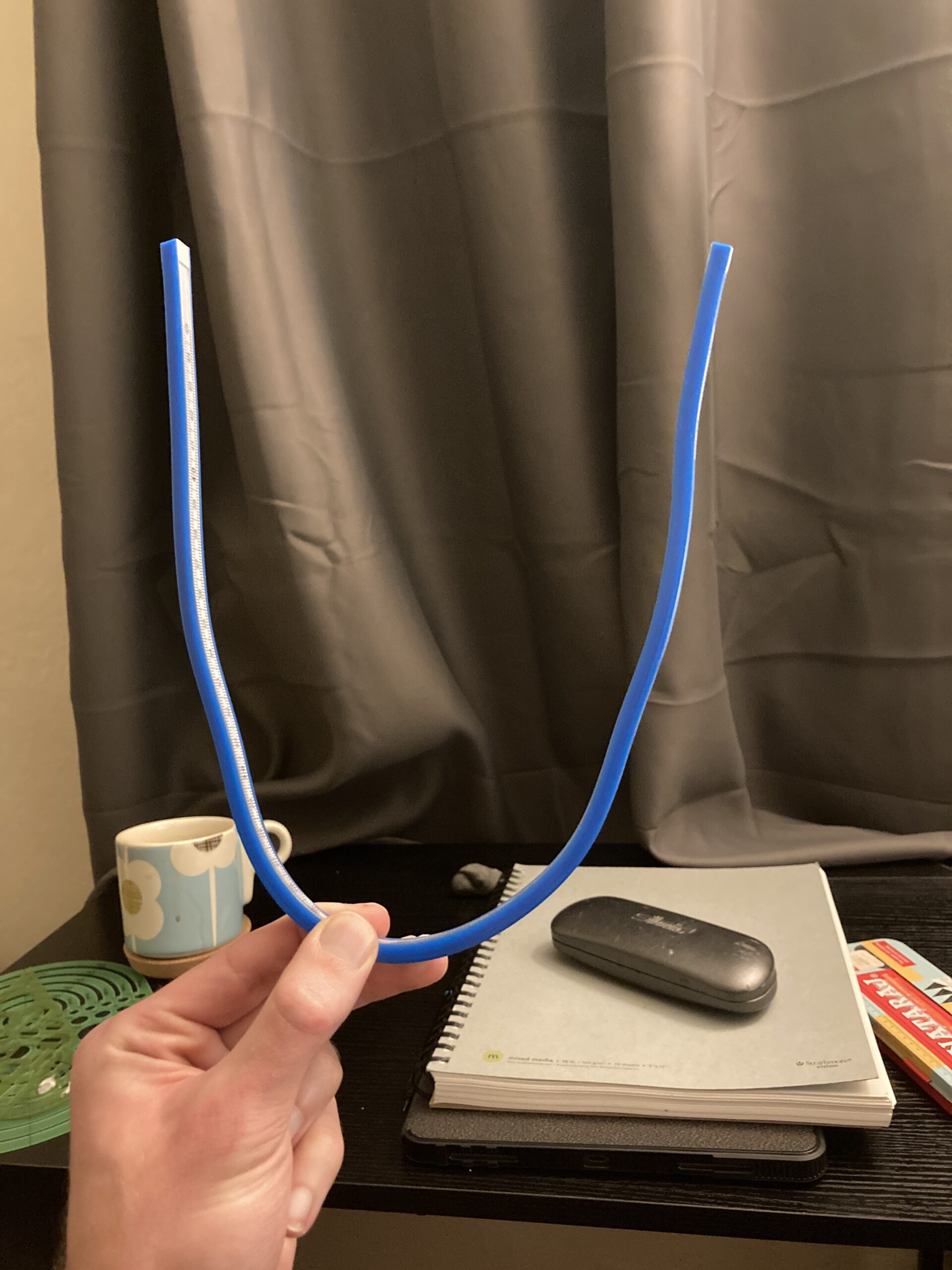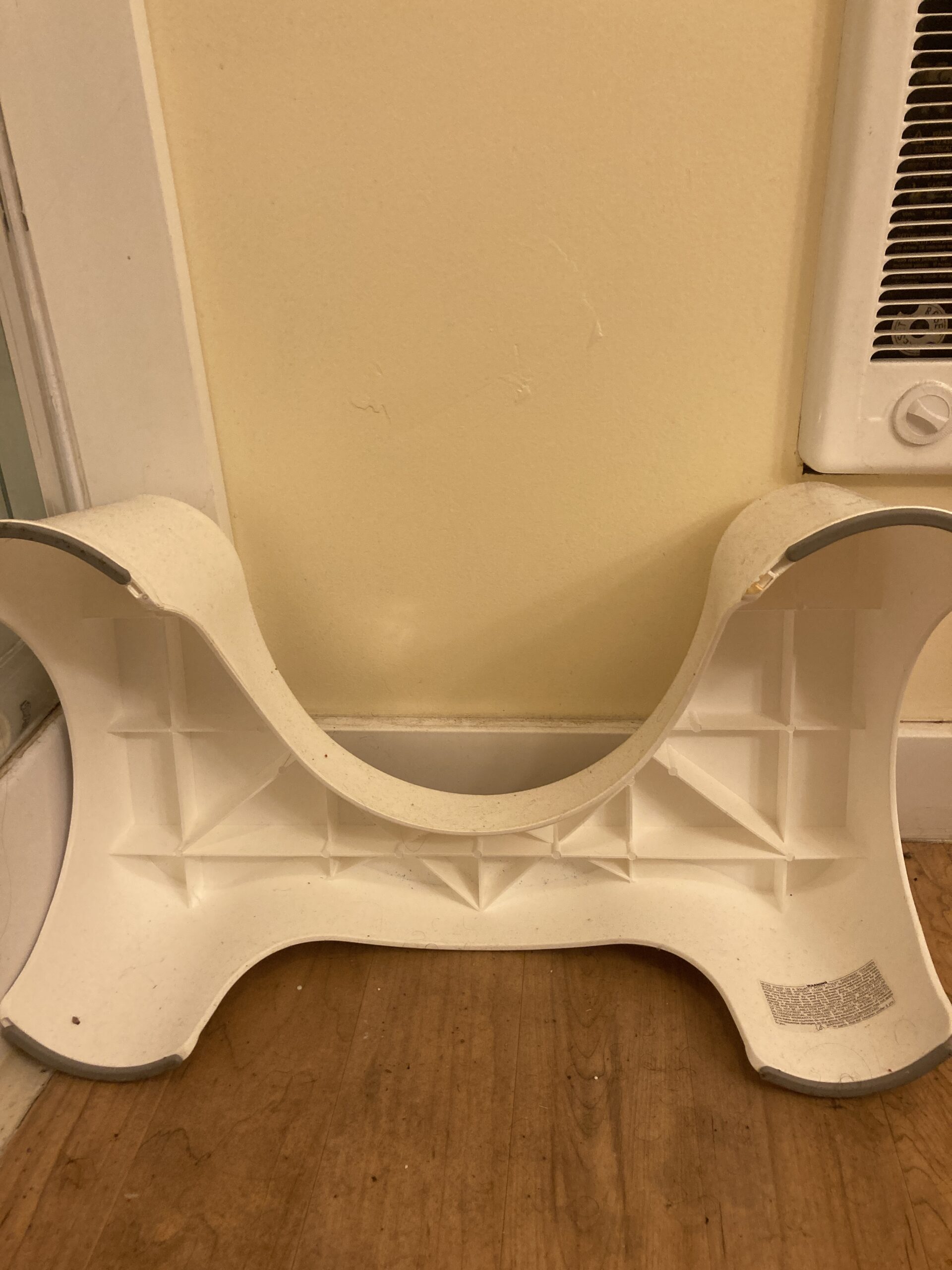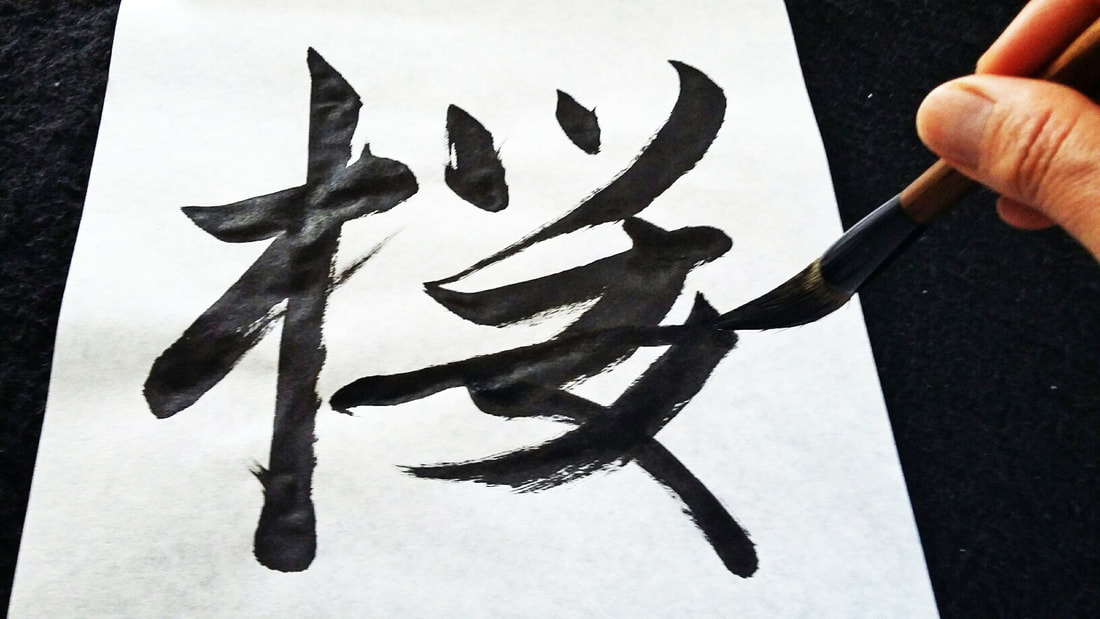I hate to be a contrarian (actually I love it), but I’m not sure people are the best judges of their own individual uniqueness or value. I say this because I think people, including myself, typically undervalue or totally overlook the things that make them unique. The things that make our perspective singular are often events in our lives that brought on some capital-t Trauma, the kind of thing that can really change a worldview. But it’s a rare individual who’s able to not only identify that they even have a worldview, but to identify the ways that their worldview differs from other normal folk’s worldview (it’s not super hard to identify how our world view differs from Charles Manson’s, hence the “normal folk’s” qualifier above). For example, I was watching a documentary about Noam Chomsky last night (it’s called “Manufacturing Consent” and it’s pretty good for being like 3 hours long) and he relates the following story (I’ll paraphrase):
Once when Noam was in elementary school, there was a kid on the playground who was being picked on by a group of other kids from his class. One of the aggressors went to fetch his older brother, presumably to beat up the helpless kid. Noam knew something needed to be done, so he went and stood next to the picked-on kid. But then he got scared and ran off. He said the shame of that incident is still with him today. And the angle the documentary took was that this incident was the formative event in Noam’s life that made him into the outspoken activist he is today. My contention is that the shame of that incident was a traumatic experience. I’m sure that he regrets the situation, wishes he had stayed with the kid, wishes it had never happened. But if it had never happened, we may never have had the current version of Noam Chomsky – and I think it’s pretty safe to say that the world is better off with the current version of Noam Chomsky in it. But so Noam’s unique perspective is at least partly attributable to an experience that he regrets. And that’s kind of my drift here.
I think the things that really make us unique are the traumatic events that we each experience and process differently. Starting with the trauma of birth, which is a fun one because we all share it. Some people dealt with bullies, some people have to overcome a phobia, some people had hair-raising childhoods, some people have debilitating diseases, etc. These are the things which give color to our expressions of individuality. And I’m not saying that art necessarily focuses itself on sublimating the particular traumas of an artists life, although it certainly can (Lord of the Rings, anyone?). I’m saying that trauma is the lens through which we interpret the world, and our creative output will reflect the little idiosyncrasies of our individual lenses.
What makes me unique? I have a weird disease called Trigeminal Neuralgia, or more commonly cluster headache. I regret having cluster headaches every day. If I could go back and choose my current life with CH or gamble on life without CH but with an uncertain future, I would choose the latter. I like my current life, I’m just being real with you. I hate having this disease. But it has undeniably shaped my life, and thus my perspective, more than any other single thing. I have built my life around having cluster headaches. Cluster headaches have made me who I am: a careful reader, a strong writer, an inquisitive thinker, and a forceful speaker. It has also made me who I am: a person with depression, a cynic filled with suspicions, a sourpuss, and a self-imposed social isolate. But these things that make me me are the things that inform my sense of design. I love to read, I love to draw, I love to make things with my hands, I love to learn new technologies and to use new technologies in the ways they’re not meant to be used.
I also have a hard time working in groups. I have a hard time keeping an emotional distance to criticism. It’s super easy for me to become dejected when something isn’t going according to plan. I often feel like I’m not creative or interesting, that I’m a plagiarist or a fraud.
None of these things are directly or exclusively attributable to cluster headache. But CH has certainly informed my habits as a designer in weird roundabout ways. This is what makes my perspective unique, the good and bad of it.
